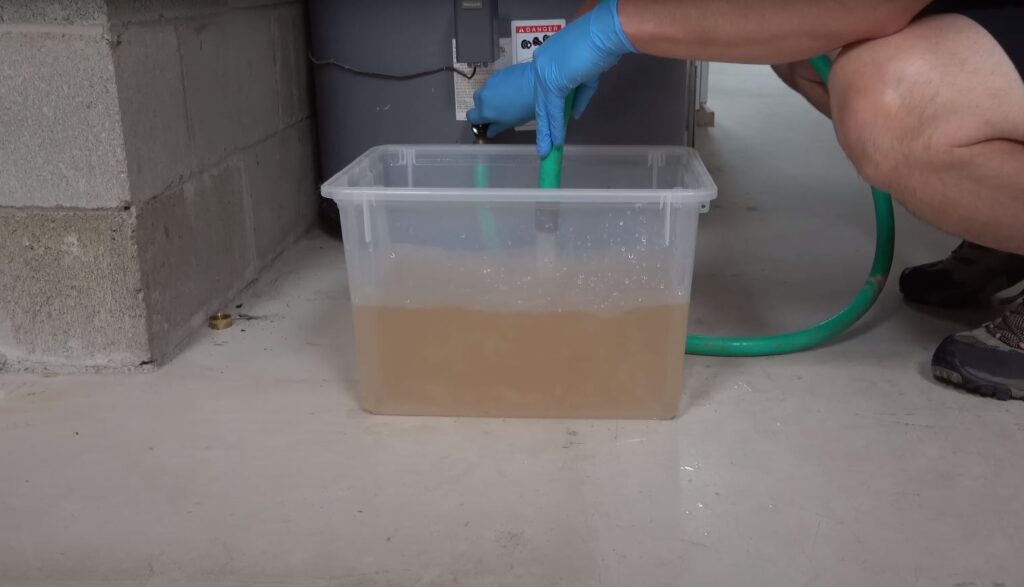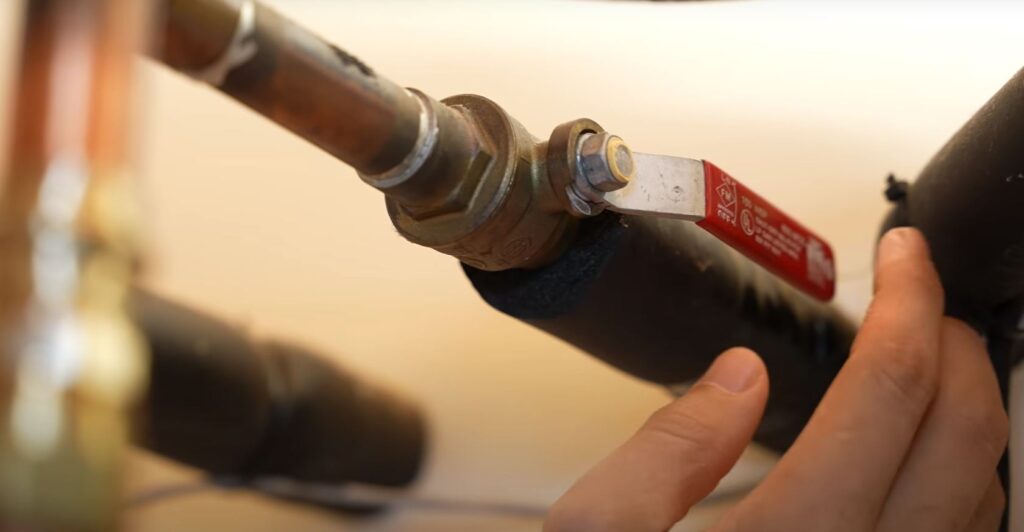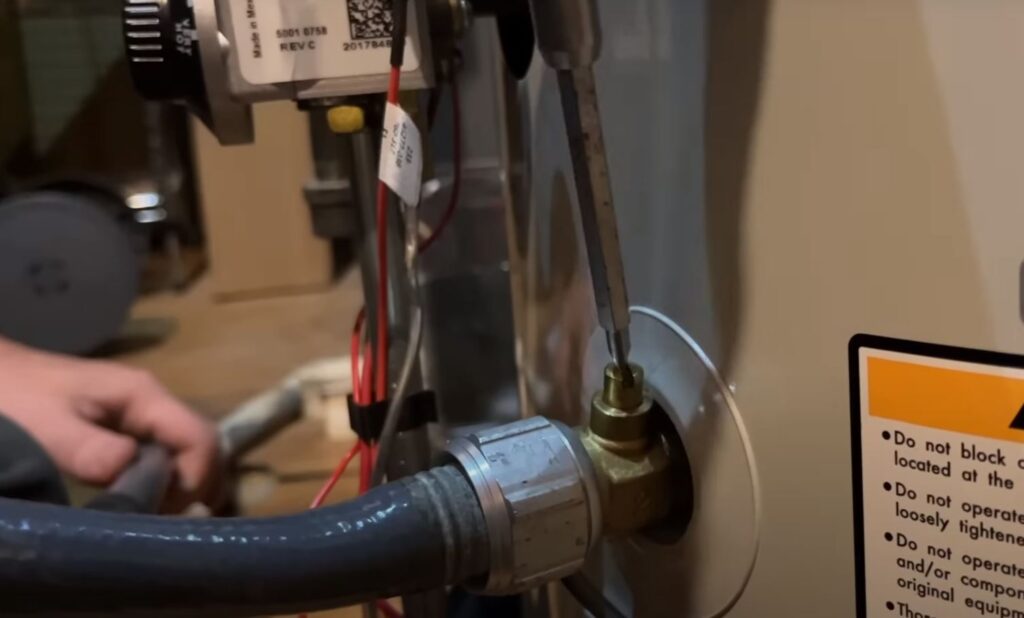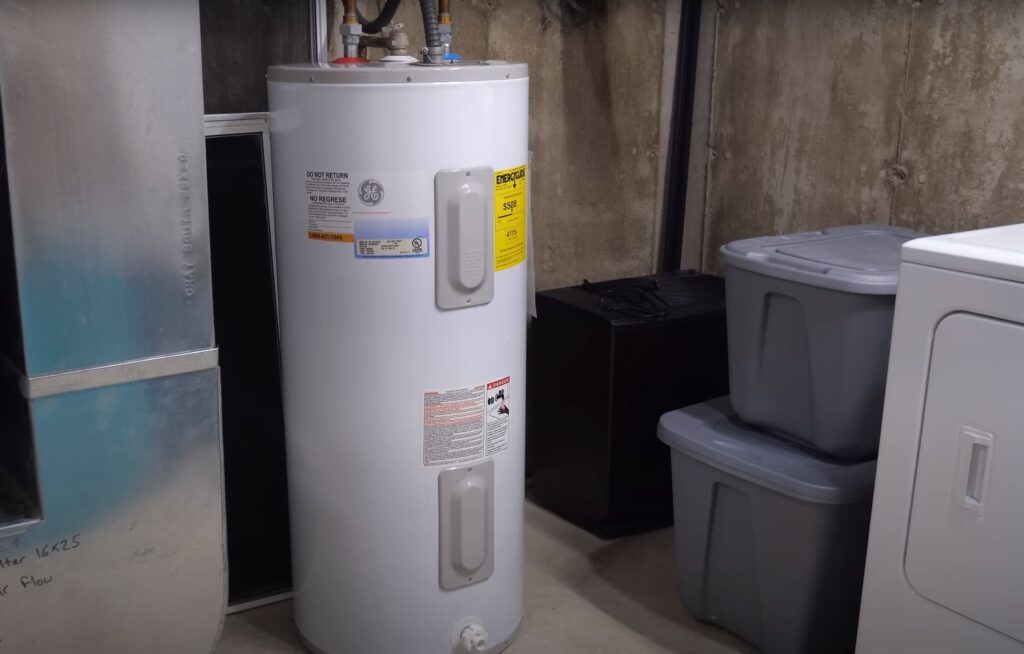Optimizing Your Water Heater’s Health: A Guide to Regular Sediment Flushing
Flushing your water heater is a vital maintenance task for homeowners in Melbourne, including those in suburbs like Caulfield. It’s not only essential for maintaining the efficiency of your water heater but also for prolonging its lifespan. Here’s a comprehensive guide on how often you should flush your water heater to remove sediment.
Flushing Frequency Based on Water Hardness and Sediment Levels
The frequency of flushing your water heater largely depends on two factors: the hardness of your water and the level of sediment accumulation.
- Water Hardness: If you live in an area with hard water, it’s recommended to flush your water heater at least once a year. Hard water contains higher mineral content, leading to quicker sediment buildup. In areas with softer water, flushing every two to three years should suffice.
- Sediment Accumulation: Sediments like sand or debris can settle at the bottom of your tank. The more sediment present, the more often you’ll need to flush the heater.
- Specific Water Heater Type: Traditional tank-style water heaters typically require more frequent flushing due to continuous water storage. Tankless water heaters, while not storing water, should still be flushed regularly to remove scale buildup on heating elements.
Steps for Flushing Your Water Heater
- Turn Off Power Supply: Ensure the power supply to the water heater is turned off. This could be switching off the circuit breaker or turning off the gas supply valve.
- Drain the Tank: Attach a garden hose to the drain valve located at the bottom of your water heater. Open a hot water faucet in your house to facilitate draining. Slowly open the drain valve to release water and sediment.
- Refill the Tank: Once the tank is empty and sediments are removed, close the drain valve. Refill the tank by turning on the cold water supply. Ensure a steady flow of water before closing the hot water faucet opened earlier.
Precautions During Flushing
- Wear protective gloves and eyewear to prevent burns or injuries.
- Allow the water to cool down before attempting to flush the tank.
- Be cautious when opening the drain valve as the water may be under pressure.
- If unsure about any step, consult a professional plumber.
Enhancing Water Heater Maintenance
- Using a Corro-Protec powered anode rod can help combat corrosion and sediment buildup.
- Regular monitoring and routine flushing can significantly reduce sediment buildup.
- Installing a water softener can prevent hard mineral buildup.
Benefits of Regular Water Heater Flushing
- Improves energy efficiency by removing sediment that hinders heat transfer.
- Extends the lifespan of your water heater by reducing strain on internal components.
Regularly flushing your water heater is key to ensuring it operates efficiently and has a long life. If you’re not comfortable performing this maintenance task, consider contacting professional services like Hot Water Repairs Melbourne, who can efficiently handle these tasks and ensure your water heater’s optimal performance.
Key Frequently Asked Questions on Flushing Your Water Heater for Sediment Removal
Why is it necessary to flush a water heater?
Flushing a water heater removes sediment buildup, which can impact efficiency and potentially damage the system.
How often should I flush my water heater?
Generally, flush your water heater at least once a year. However, if you have hard water, more frequent flushing, such as every six months, may be necessary.
Does water hardness affect flushing frequency?
Yes, areas with hard water may require more frequent flushing due to higher mineral content leading to quicker sediment buildup.
What signs indicate a need for flushing my water heater?
Look out for fluctuating water temperatures, rumbling noises from the tank, discolored water, or reduced water flow.
Are there different flushing frequencies for tankless water heaters?
Tankless water heaters may require less frequent flushing, but it’s still recommended to perform it at least annually.
Can I flush the water heater myself?
Yes, you can flush the heater yourself by following proper steps and safety precautions, but if unsure, consult a professional.
What tools and materials do I need to flush my water heater?
You’ll need a garden hose, an adjustable wrench, a screwdriver for accessing the drain valve, a drainage area or bucket, and towels or rags for cleanup.
What precautions should I take while flushing my water heater?
Wear protective gloves and eyewear, let the water cool down before flushing, be cautious when opening the drain valve, and seek professional advice if unsure.
How does sediment buildup affect my water heater?
Sediment acts as an insulator, decreasing efficiency, and can lead to overheating, damaging the tank and heating elements.
What can happen if I don’t flush my water heater regularly?
Neglecting to flush can lead to reduced heating efficiency, increased energy use, potential damage to the heater, and shortened lifespan.
Is flushing the same as draining a water heater?
No, flushing involves removing water and sediment with continuous water flow, whereas draining simply empties the tank contents.
What are the long-term benefits of regularly flushing my water heater?
Regular flushing leads to improved energy efficiency, prevention of damage from sediment buildup, and an extended lifespan of your water heater.




